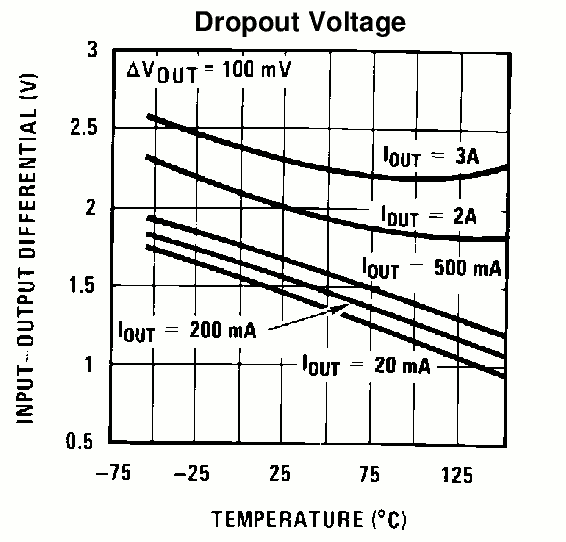Hi Folks.
Yeah, I'm still around. Just have a lot of distractions these days. Anyways ...
The 6V 2A switching supply for my Pila IBC charger went bonkers on me. I use this thing every day. I have some backup in place, but need to get it replaced. So, of course, I'm thinking of building one, instead of buying. Yeah, likely not cost-effective. But I'll feel better about the reliability of a plain linear supply, vs. a random wall wart switcher I find on the web.
Not sure the LM350 regulator is the best choice, but I'm sure it'll work, and it has plenty of headroom. (I note that the Pila charger itself calls for 6VDC 2-3A, so I'm not sure why they supplied a 2A supply.) I can choose caps from the datasheet, I think, and toss in a fuse and some protection diodes, but below is the basic circuit.
Question is, how do I size the transformer. I've killed about an hour looking for a decent tutorial on the web, and come up empty. I'm thinking 15W 12V secondary, but I could be way off. I'm figuring ~2V drop on the regulator, and 1.7 for the bridge, giving 9.7V, and then just adding some headroom. But some of what I've read indicates I need to account for ripple voltage, which, now I think on it, probably influences the specs for the filter cap coming after the bridge too.
Pointers to good tutorials, references, etc. appreciated.


